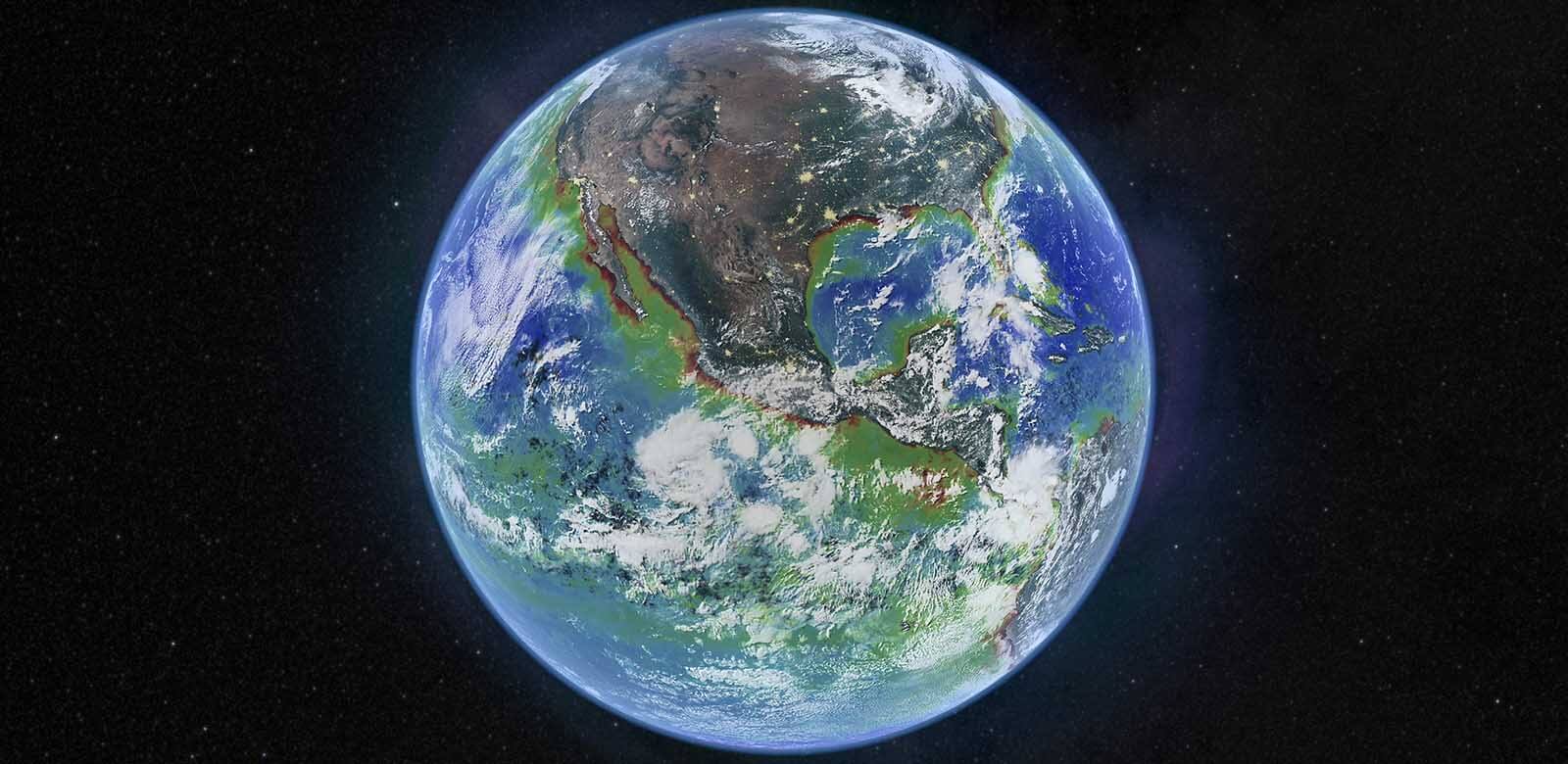A NASA big data system, developed and maintained by Raytheon, helps scientists forecast the potential impact of climate change.
NASA Goddard’s Earth Observing System Data and Information System (EOSDIS) ingests, archives and makes earth science data available to a growing international user community that includes Earth scientists; educators; federal, state, local and tribal agencies; and the general public. The data can be harnessed to support climate change and research, disaster planning and response, natural resource assessments and understanding of the Earth as an integrated system.
Under this program, Raytheon also directly supports the European Space Agency’s Sentinel satellite program.
Raytheon Delivers Key Support
Since the early 1990s, Raytheon has maintained and operated the system and developed improvements for data access and performance. Through a series of updates – software and hardware – the company has migrated storage from tapes to data centers and moved user interfaces online. These improvements help NASA reduce costs and data access times.
Key Features and Benefits
- Provides a service oriented architecture-based solution that facilitates the use and exchange of NASA’s Earth science data and services
- Includes an enterprise level metadata registry that provides a single point for searching and accessing amounts of unprecedented data
- Provides core data ingest, archive, and distribution services at three data centers
- Reliably manages more than three petabytes of scientific data products produced from 19 instruments on 10 spacecraft
- Distributes more than 3 terabytes from a total archive of 9.1 petabytes of data per day to thousands of users from scientific communities around the world
- Provides a flexible set of services to cost-effectively meet multi-mission needs

